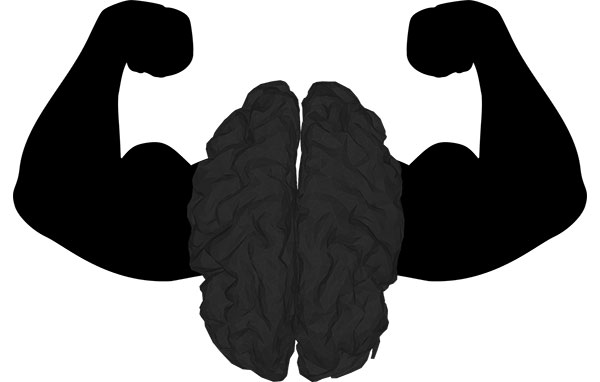 First Nations leaders face enormous challenges in dealing with the economic well-being of their people.
First Nations leaders face enormous challenges in dealing with the economic well-being of their people.
They also must try to preserve the history and values of relatively small islands of First Nation people in the huge sea of the dominant North American culture and the English language.
Take the example of a bright young Squamish leader. Among all the many tasks he undertakes to improve the lives of his people, he has taken on the enormous task of learning the Squamish language.
There’s no long-term written record of Squamish or other First Nations languages. People who speak these languages as mother tongue are few and rapidly disappearing. For the Squamish, there is only one left.
But Squamish, Haida and other people are gathering what knowledge exists and working to turn these tongues into living languages that can be passed on to younger generations.
Learning a new language is hard mental work. But such work is just what we need. Modern medicine allows most of us to keep our bodies functioning well into old age, but we fear that our minds won’t last as long.
Fortunately, a growing body of research tells us how to improve the odds that our minds will function well throughout our lives.
The advice can be very specific. Crossword puzzles and sudoku are often mentioned. So is learning a new language.
Mastering a new computer system does the job, even though many of us dread the prospect.
Music, it turns out, is brain food. A recent study by the University of British Columbia of over 100,000 students showed that those who learned a musical instrument did better in their academic courses even after controlling for socio-economic background and other factors.
Even minor tweaks like standing on one foot or using our non-dominant hand for ordinary tasks helps keep the brain juices flowing.
We can use mental or physical challenges. A new sport, dance or exercise program can expand our brain capacity just as well as studying something academic does. Perhaps this is why learning a musical instrument, with both its physical and mental demands, has such a positive effect on students.
What do all these options have in common?
As a colleague taking a challenging course in a new field once put it: they make your brain hurt. Not physically, of course. But these challenges create that awkward, frustrating feeling you get when you’re learning something demanding and have no established knowledge, patterns or experience to help guide you through.
Any activity – from trying a new recipe to setting a new sports watch – will work as long as it feels difficult to do.
Once a task becomes easy or fun and you can relax while doing it, it will help you maintain your brain level. But it’s not likely to improve it.
Think of the brain like a muscle. If you don’t use it, it becomes weaker. If you keep on doing the same things, there’s maintenance but no new development. If you expect your mind to do more and tackle difficult jobs, it will learn how to do them.
This is why crossword puzzles and sudoku only work if they’re challenging. When you can knock them off in a few minutes, it’s time to move to a harder level or a new activity.
I’ve started unlocking my front door with my non-dominant left hand. It’s not easy. When it becomes easy, I’ll no longer have to do it.
Our growing knowledge base tells us that learning difficult new things is what makes us smart and keeps us sharp.
So all those First Nation people aren’t only preserving their culture by learning and keeping alive so many languages that would otherwise be on the edge of extinction. They’re honing their brains and abilities, helping them become formidable future leaders.
Troy Media columnist Roslyn Kunin is a consulting economist and speaker.
The views, opinions and positions expressed by columnists and contributors are the author’s alone. They do not inherently or expressly reflect the views, opinions and/or positions of our publication.

